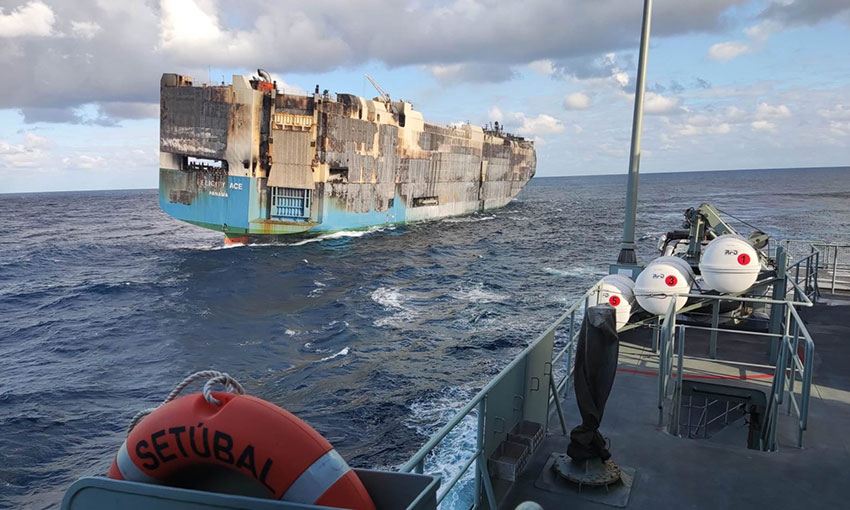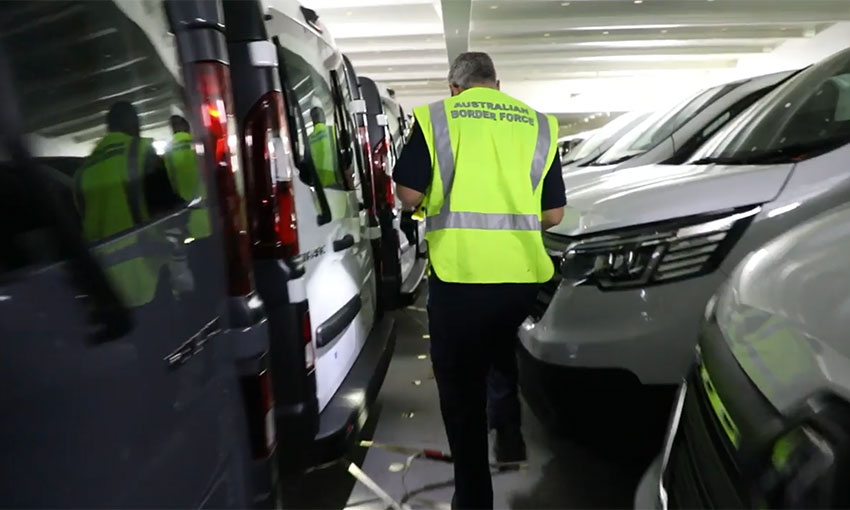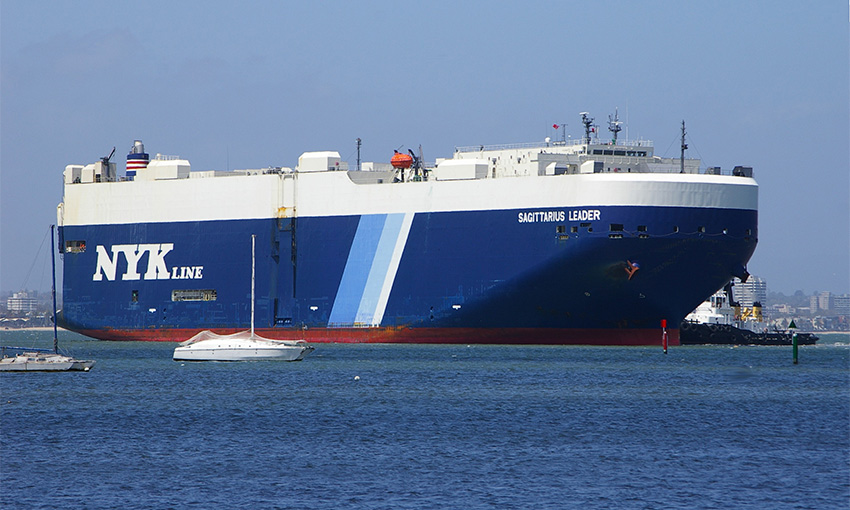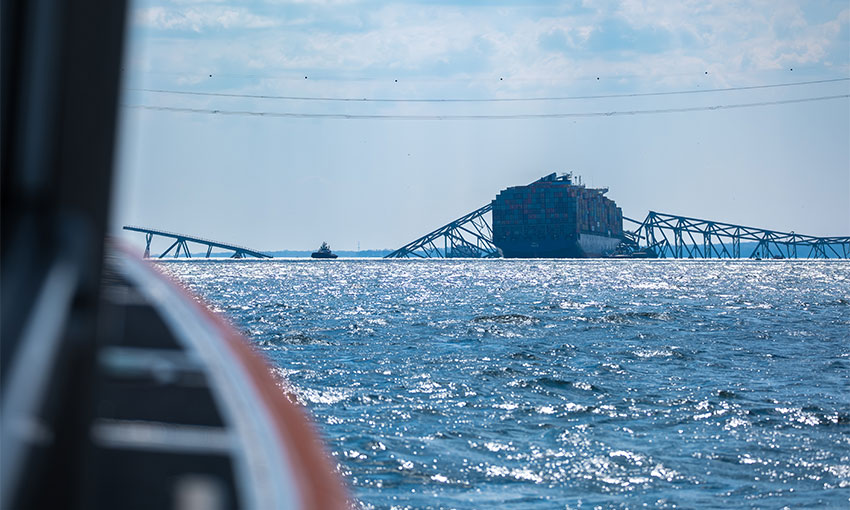CLASSIFICATION Society ClassNK and the International Union of Marine Insurance have released sets of guidelines to help increase the safety of maritime transportation of electric vehicles.
Class NK published Guidelines for the Safe Transport of Electric Vehicles and List of Fire Safety Measures for the Maritime Transportation of Electric Vehicles. They describe the characteristics of EV fires and provide guidance on how to respond.
ClassNK said the guides were built on dialogue with experts, operators, manufacturers, and other stakeholders, as well as comprehensive literature review.
The guidelines also set out requirements for class notations for vessels equipped with additional firefighting measures for transporting EVs.
Furthermore, List of Fire Safety Measures for the Maritime Transportation of Electric Vehicles details about 40 measures for early detection, suppression, prevention of fire spread, and extinguishing.
To offer the information for introducing fire safety measures newly and developing related technologies, it presents not only the effectiveness and benefits but also potential issues and points to be considered.
EVs are not more dangerous: IUMI paper
And the International Union of Marine Insurance, an organisation that represents 42 national and marine market insurance and reinsurance associations, released its Best Practice and Recommendations for the Safe Carriage of Electric Vehicles.
IUMI secretary General Lars Lange said the paper draws on a body of scientific research which demonstrates that fires in battery EVs are not more dangerous than fires in conventional vehicles, nor are they more frequent.
“Although statistics continue to be gathered, they currently estimate that, in general, there are fewer fires from EVs compared with fires from conventional vehicles when driven over the same distance,” Mr Lange said.
In a statement IUMI said research also shows there is only a minor difference between total energy released during an EV fire and one that is related to an internal combustion engine vehicle (ICEV).
Once established, vehicle fires are largely (about 80%) fuelled by the car body and interior parts rather than the propulsion system. However, the potential for thermal runaway (when the battery suffers an unstable chemical reaction) exists for EVs whereas it is not a consideration for ICEVs. Thermal runaway makes fires hard to extinguish, hence mitigation measures such as boundary cooling must be employed rapidly. Moreover, the risk of re-ignition is higher for an extended period of time.
In the paper, IUMI makes important distinctions between ro-ro vessels and pure car and truck carriers. It notes that many ro-ro vessels will stow cars on open decks where air flow makes fire-fighting more challenging.
Ro-pax vessels present additional issues such as passengers wanting to charge onboard and the possibility of cars being loaded that are older and potentially less safe.
Conversely, PCTCs tend to carry vehicles tightly packed leaving little room for emergency access and facilitating the rapid spread of a fire.
IUMI’s paper concludes that early fire detection and verification/confirmation is critically important to reduce the time between detection and firefighting response to a minimum. Options, in addition to the conventional systems, could include thermal imaging cameras and AI powered systems.
Drencher systems are effective for fire-fighting onboard ro-ro and ro-pax vessels both for EV and ICEV fires and should be installed alongside video monitoring systems.
IUMI’s paper said carbon dioxide extinguishing systems, if applied quickly, are successful in fighting PCTC fires and their capacity should be doubled. High-expansion foam fire extinguishing systems have also proved to be effective to prevent heat transfer from one vehicle to another.
Mr Lange said: “the regulatory process will be an opportunity to improve safety requirements making them fit for the new reality of large numbers of alternative fuel vehicles being carried on board vessels. IUMI will continue to contribute to this debate.”





